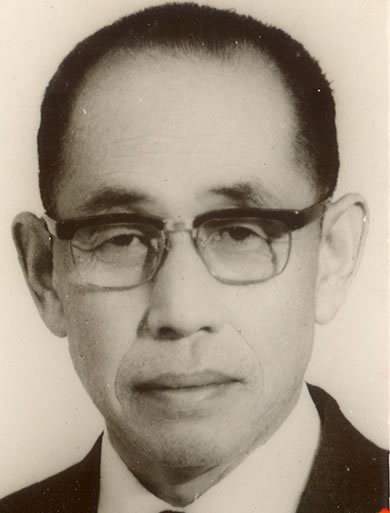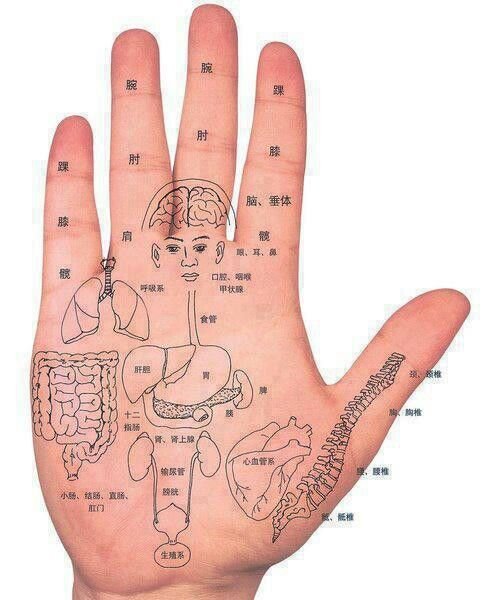A Brief History of Master Tung Ching Chang
Master Tung Ching Chang (1916-1975) has been referred to as the most important and greatest acupuncturist in the history of Chinese medicine. Master Tung Ching Tang, simply recognized as Master Tung, was born into a family of traditional Chinese medical practitioners whose history traces back thousands of years to the Han Dynasty (206 BCE to 220 CE) in Shandong, China.
Over the last two thousand years China, including its plethora of medical teachings and literature has been through significant challenges and endured multiple revolutions. During Emperor Qing Shi Huang’s reign (221 to 210 BCE) many scholars and physicians were killed thousands of books were burnt in an attempt to centralize power and control public thought. Books on astrology, agriculture, medicine, divination, and history were all burnt with only fragments of knowledge and teachings surviving.
Han Dynasty doctor performing pulse diagnosis
In response to protecting these ancient teachings, physicians began to teach their apprentices directly through oral transmission involving memorizing medical teachings through songs and stories which were impossible to burn and steal like earlier bamboo scrolls and stone slabs. Over thousands of years, this form of teaching became vital in the development and survival of many aspects of traditional Chinese medicine practices such as acupuncture, herbal medicine, Qigong, and Taijiquan.
In more recent times China experienced another major upheaval with the rise of communism in 1949. Acupuncture, along with many other traditional practices, was strictly prohibited and suppressed with the intent to gain control and power over the people of a unified China. In an attempt to restore some form of the medical system and standardized curriculum, four schools of Chinese medicine were then formed and instructed by the government with a pursuit to modernize medicine by removing all spiritual and classical references. The transition brought on by the communist regime resulted in the “dumbing down” of traditional Chinese medicine and acupuncture with many scholars and physicians imprisoned or killed for their beliefs and non-participation.
Mao’s Communist Regime in China 1951
During this period, many Chinese fled the mainland, leaving their homes and seeking refuge all over the world including Taiwan, Hong Kong, Singapore, Malaysia, the States, and Australia. Master Tung with his family, escaped to Taiwan where he was free of communist control and able to openly practice his family’s medicine. Master Tung arrived in Taiwan empty-handed, without any books or possessions. All he carried was his knowledge and his inherited medical knowledge passed down through generations of cultivated wisdom.
The medicine practiced by master Tung’s ancestors was very different from the fourteen-channel system that was currently being taught and practiced in China during the last century. Master Tung claimed that the form of medicine his ancestors practiced and passed down was much more authentic and closer to the classical practices and teachings of the Yi-Ching, Ba Gua, Wu Xing (Five Elements), and Taoist philosophy. The connection of medicine to these ancient philosophies and spiritual practices was considered vital to understanding the health of an individual and their place in the universe.
Ancient Chinese Astronomy Chart
For the next 25 years, Master Tung dedicated himself to re-establishing and restoring his family’s acupuncture system and gained a tremendous amount of clinical experience treating up to 150 patients each day. During this period, Master Tung’s reputation as a profound physician grew rapidly and spread across the world with practitioners intrigued by his ability to provide immediate and lasting results.
Master Tung made certain that his system of medicine remained focused on stimulating a strong sensation in reaction areas of the body which helped rebalance and align an individual’s energy. He often used unique techniques which are not found in contemporary practice such as Dao Ma (Point Coupling), Active Qi Moving, and bleeding which were found to have profound healing effects. The medicine Master Tung practiced became famous for its simplicity in balancing channels based on anatomical mapping and reflections, similar to the idea still found today in reflexology.
Zangfu palm map used in Master Tung’s famous palm diagnosis
Fortunately, Master Tung left one book for us which was dictated and transcribed by one of his most senior apprentices titled Tung’s Acupuncture, Its Regular Channels, and Unique Points. This book didn’t contain the vast amount of theory and secrets Master Tung inherently acquired from his ancestors, rather it was a basic offering of point locations, actions, and indications. Master Tung had three primary disciples Dr. Wei-Chieh Young, Dr. Palden Carson, and Dr. Chuan-Min Wangg who helped spread his family’s system to the western world. Other important students of Master Tung’s lineage include the famous Dr. Miriam Lee OMD who was the first acupuncturist in America to legalize the practice and bring it to the attention of the medical hierarchy. Her student Dr. Susan Johnson L.Ac, a profound acupuncturist, teacher, and former head of the American Association of Acupuncture has dedicated her career to the teachings of Master Tung’s work offering comprehensive courses and workshops with the intent to spread this incredible medicine to all corners of the world and revitalize its deep ancient wisdom.
Master Tung Ching Chang with students Dr Wei-Chieh Young






